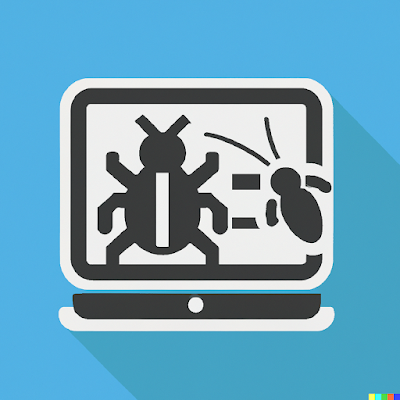Best practices for writing clean and maintainable code
Discover the key best practices for writing clean, readable and easy to maintain code in software development. From code organization, commenting, debugging and reusability, improve the quality of your code with our expert tips and tricks."
As a software developer, one of the most important aspects of your job is to write code that is clean, readable, and easy to maintain. Clean and maintainable code not only makes it easier for you to work on the codebase, but it also makes it easier for other developers to understand, modify, and build upon. In this blog post, we will discuss some best practices for writing clean and maintainable code that you can use in your software development projects.
Code Organization
The first step in writing clean and maintainable code is to organize your code in a logical and consistent manner. This means using clear and meaningful variable and function names, grouping related code together, and using white space and indentation to make the code easy to read. Additionally, you should also use comments to explain the purpose and functionality of your code.
Commenting
Commenting is an important aspect of clean and maintainable code. Comments provide a brief explanation of the functionality of the code and help other developers understand the codebase. Comments should be used sparingly and only when necessary. Avoid commenting on every line of code and instead, use comments to explain the purpose of a block of code or a specific function.
Debugging
Debugging is an inevitable part of software development, and it's important to write code that is easy to debug. One way to do this is to use meaningful variable and function names that clearly describe their purpose. Additionally, you should also use debugging tools such as print statements or a debugger to help you identify and fix bugs in your code.
Code Reusability
Another important aspect of clean and maintainable code is code reusability. By writing reusable code, you can reduce the amount of duplicate code in your codebase, which makes it easier to maintain. To make your code reusable, you should use functions and modules that can be called from multiple places in your codebase.
In conclusion, writing clean and maintainable code is an important aspect of software development. By following the best practices for code organization, commenting, debugging, and code reusability, you can improve the quality of your code and make it easier for other developers to understand, modify, and build upon. Remember, it's not only about writing the code, but also about making it easy to read, understand and maintain for yourself and others
Error handling is an essential aspect of software development, as it ensures that the code is robust and can handle unexpected situations. In this blog post, we will discuss the importance of error handling and the best practices for handling errors in your code.
Why is error handling important?
Error handling is important for several reasons. First and foremost, it ensures that the code is robust and can handle unexpected situations. Without proper error handling, a software application can crash or produce incorrect results when faced with unexpected input or unforeseen circumstances. This can lead to a poor user experience, lost productivity, and even lost data.
Secondly, proper error handling can help to improve the security of an application. Without proper error handling, it can be easy for an attacker to exploit vulnerabilities in the code and gain access to sensitive data.
Finally, error handling can also help to improve the maintainability of the code. By providing clear and meaningful error messages, it can be easier for developers to understand and fix any issues that may arise.
What are the best practices for error handling?
Use proper error codes: One of the best practices for error handling is to use proper error codes. Error codes should be unique, and they should be used consistently throughout the codebase. This makes it easier for developers to understand and fix any issues that may arise.
Use exceptions: Exceptions are a powerful tool for error handling, and they should be used whenever an error occurs. Exceptions can be caught, and appropriate actions can be taken in response to the exception.
Provide clear and meaningful error messages: Error messages should be clear and meaningful, and they should provide as much information as possible about the error. This makes it easier for developers to understand and fix any issues that may arise.
Use logging: Logging is an important aspect of error handling, and it should be used to log all errors that occur in the code. This makes it easier for developers to track down and fix any issues that may arise.
Test the code: One of the best practices for error handling is to test the code. By testing the code, developers can ensure that the code is robust and can handle unexpected situations.
Handle errors at the right level: It's important to handle errors at the right level, this means that errors should be handled as close to the source of the error as possible.
